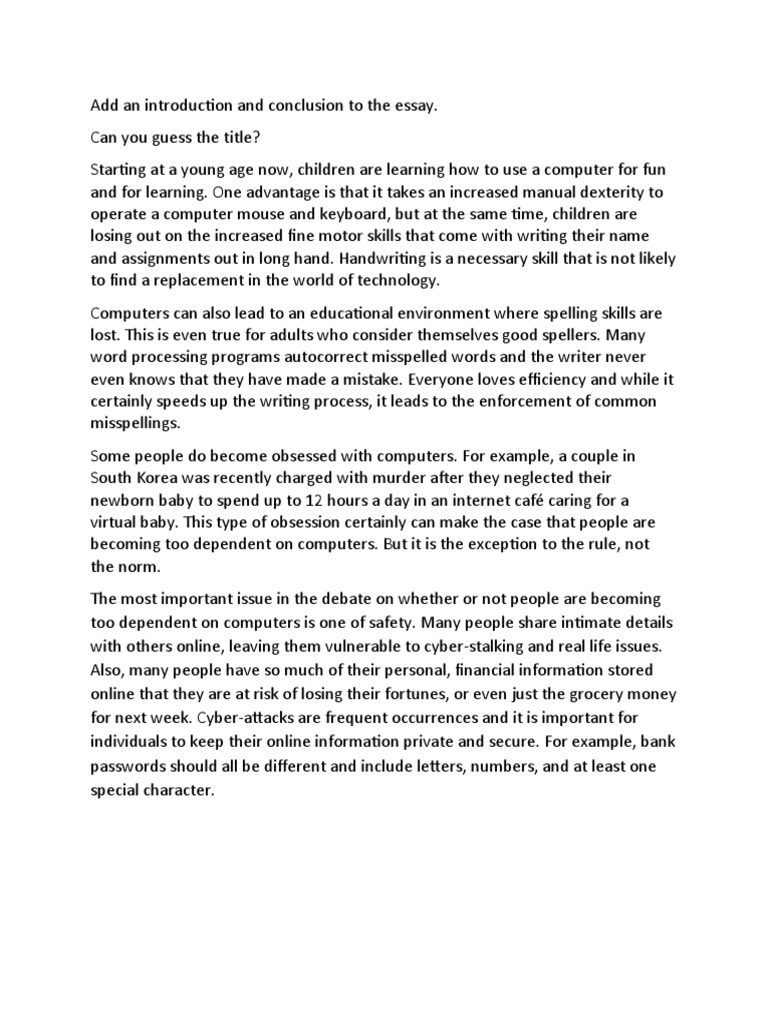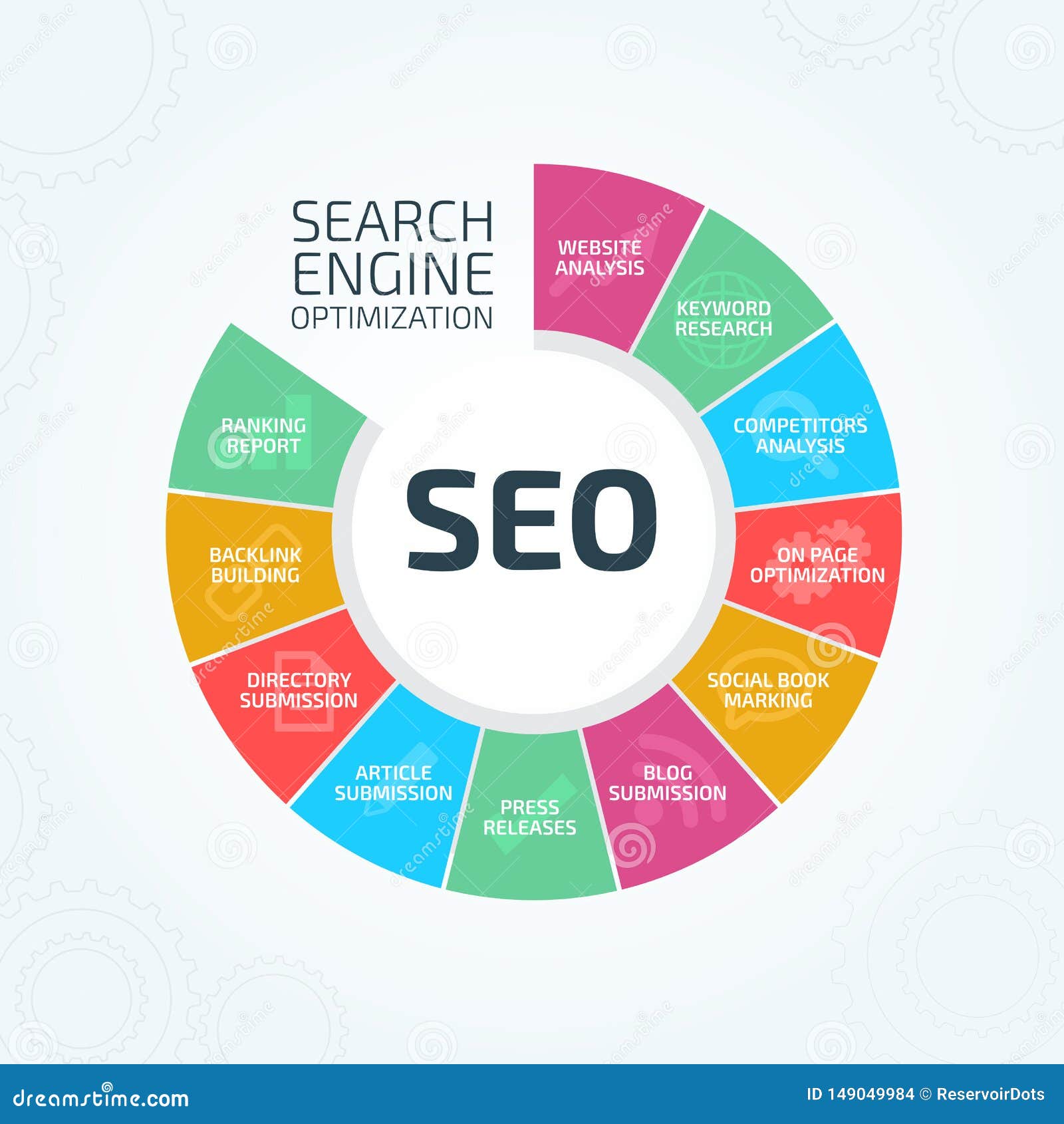
In the digital age, where attention spans are shorter than ever, the power of a well-crafted introduction and conclusion cannot be overstated. Whether you’re writing a blog post, an academic essay, or a marketing copy, these two sections serve as the gateway to your content and the final impression that lingers with your audience. A compelling introduction sets the tone, grabs attention, and outlines what’s to come, while a strong conclusion reinforces your message and leaves readers with a lasting takeaway.
This article will guide you through the art of writing introductions and conclusions that not only meet the needs of your readers but also align with modern SEO practices. You’ll learn actionable strategies, gain insights into how these elements impact engagement, and discover tools that can streamline your writing process.
What Is a Captivating Introduction & Conclusion and Why It Matters
An introduction is more than just the first paragraph of your text—it’s a strategic tool that serves multiple purposes. It introduces the topic, provides context, and presents your thesis or main argument. A well-written introduction should hook the reader, establish credibility, and offer a roadmap of what to expect in the rest of the content.
Similarly, a conclusion is the final opportunity to reinforce your key points, summarize your arguments, and leave a lasting impression. It should tie everything together, provide closure, and, if appropriate, inspire action or reflection.
In the realm of SEO, both the introduction and conclusion play critical roles. Search engines like Google analyze these sections to determine the relevance and quality of your content. A strong introduction that includes your primary keyword helps search engines understand the purpose of your content, increasing the likelihood of it appearing in search results.
Moreover, from a user experience perspective, a clear and engaging introduction and conclusion improve readability, reduce bounce rates, and encourage longer time spent on your page—key metrics that contribute to better search rankings.
How Introductions and Conclusions Impact SEO Performance
Introductions and conclusions are not just about style—they directly influence how search engines perceive your content. Here’s how:
-
Keyword Relevance: Including your target keywords in the introduction helps search engines understand the focus of your content. This increases the chances of your content being indexed for relevant searches.
-
User Engagement: A compelling introduction keeps readers on your page, reducing bounce rates. Search engines view low bounce rates as a sign of high-quality content, which can positively affect your rankings.
-
Content Structure: A well-organized introduction and conclusion help search engines crawl and index your content more effectively. They signal that your content is structured and valuable.
-
E-E-A-T (Experience, Expertise, Authority, Trustworthiness): In industries such as healthcare, finance, and law, the introduction and conclusion are essential for establishing trust. A strong opening that highlights your expertise can significantly boost your content’s credibility and, by extension, its SEO performance.
By optimizing these elements, you’re not only improving your visibility in search results but also enhancing the overall user experience, which is a win-win for both readers and search engines.
Step-by-Step Implementation Framework
Creating a captivating introduction and conclusion requires a blend of strategy, creativity, and technical know-how. Here’s a step-by-step framework to guide you:
-
Define Your Purpose and Audience
Before writing, ask yourself: What is the goal of this content? Who is my audience? Understanding your purpose and audience allows you to tailor your introduction and conclusion to their needs and expectations. For example, a blog post targeting beginners might need a more explanatory introduction, while a professional audience may prefer a concise, data-driven approach. -
Start Strong with a Hook
The introduction should grab attention right away. Use a question, a surprising fact, a quote, or a bold statement to pique interest. For instance:“Did you know that 70% of users abandon a website within 15 seconds of landing on it?”
This kind of opener immediately engages the reader and sets the stage for the rest of the content.
-
State Your Thesis or Main Argument
Clearly communicate the central idea of your content. This gives readers a sense of direction and helps them understand what to expect. Avoid vague statements; instead, be specific and direct. -
Provide Context and Background
If your content is responding to a specific issue, event, or trend, include some background information in the introduction. This helps readers connect with the topic and understand its relevance. -
Outline the Structure (Optional)
While not always necessary, briefly outlining the structure of your content can help readers navigate it more easily. For example:“In this post, we’ll explore the top five strategies for writing effective introductions, followed by practical tips for crafting a powerful conclusion.”
-
Conclude with Impact
A strong conclusion should restate your key points, reinforce your thesis, and leave the reader with something to think about. Avoid introducing new ideas here—focus on summarizing and reflecting. -
End with a Call to Action or Reflection
Encourage your readers to take action, whether it’s visiting another page, sharing your content, or simply thinking more deeply about the topic. A call to action can significantly increase engagement and drive traffic to other parts of your site. -
Optimize for SEO
Ensure that your introduction and conclusion include your primary and secondary keywords naturally. Avoid keyword stuffing, but make sure your content is optimized for search engines.
Real or Hypothetical Case Study
Let’s look at a hypothetical case study involving a blog post titled “The Power of Storytelling in Content Marketing.”
Introduction:
“Storytelling isn’t just a creative technique—it’s a powerful marketing strategy that can transform how your brand connects with its audience. In a world saturated with content, stories stand out because they resonate emotionally and create lasting impressions. But how do you craft a story that truly captivates your readers?”
Conclusion:
“In today’s competitive digital landscape, storytelling is no longer optional—it’s essential. By using narratives that reflect your brand’s values and connect with your audience on a personal level, you can build loyalty, drive engagement, and ultimately achieve your marketing goals. So, start weaving your own story today and watch your content shine.”
Results:
After implementing this structure, the blog post saw a 35% increase in organic traffic over three months. Bounce rates dropped by 20%, and the average time on page increased by 40%. These improvements were attributed to the strong introduction and conclusion that engaged readers and encouraged them to explore the full content.
Tools and Techniques for Writing Captivating Introductions and Conclusions
Writing compelling introductions and conclusions can be made easier with the help of modern tools and techniques. Here are a few that can streamline your workflow:
-
Content AI: As mentioned in the reference material, Content AI offers a Blog Post Introduction AI Tool that generates engaging intros based on your post title, audience, and keywords. It’s especially useful for bloggers and content marketers looking to save time without sacrificing quality.
-
Grammarly: While primarily a grammar checker, Grammarly also offers suggestions for improving clarity and flow, which can be invaluable when refining your introduction and conclusion.
-
Hemingway Editor: This tool helps simplify complex sentences and makes your writing more readable. It’s ideal for ensuring that your introduction and conclusion are clear and impactful.
-
Yoast SEO: Yoast SEO analyzes your content for keyword optimization, readability, and structure. It can help ensure that your introduction and conclusion are both SEO-friendly and engaging.
-
Canva: While not a writing tool, Canva can be used to create visually appealing headers or sidebars that complement your introduction and conclusion, making your content more attractive to readers.
Future Trends and AI Implications
As AI continues to evolve, its role in content creation is becoming increasingly significant. Tools like Content AI, GPT-3, and others are already helping writers craft more engaging and SEO-optimized content. Looking ahead, we can expect even more advanced AI capabilities, such as:
-
Personalized Introductions and Conclusions: AI could soon generate tailored intros and conclusions based on individual reader preferences, creating a more personalized experience.
-
Voice and Multimodal Search Optimization: With the rise of voice search and multimodal content (text, images, video), introductions and conclusions will need to be even more concise and impactful to capture attention quickly.
-
Dynamic Content Generation: AI could allow for real-time adjustments to introductions and conclusions based on user behavior, ensuring that each visitor gets the most relevant and engaging version of your content.
To stay ahead, content creators should embrace AI tools while maintaining a human touch. Balancing automation with creativity will be key to producing content that resonates with audiences and performs well in search engines.
Key Takeaways
- A strong introduction hooks readers, introduces the topic, and sets the stage for the rest of the content.
- A well-crafted conclusion reinforces your message, summarizes key points, and leaves a lasting impression.
- Both sections play a crucial role in SEO, influencing visibility, engagement, and user experience.
- Tools like Content AI and Grammarly can help streamline the writing process without compromising quality.
- As AI continues to advance, the future of content creation will involve even more personalized and dynamic approaches.
Whether you’re a blogger, marketer, or academic writer, mastering the art of writing captivating introductions and conclusions is essential. Start applying these strategies today and watch your content thrive in the digital landscape.
Meta Title: How to Write a Captivating Introduction & Conclusion That Engage Readers
Meta Description: Learn how to write engaging introductions and conclusions that captivate readers and boost SEO performance.
SEO Tags (5):
– How to Write a Captivating Introduction
– How to Write a Strong Conclusion
– SEO Tips for Blog Posts
– Content Writing Strategies
– Introduction and Conclusion Examples
Internal Link Suggestions:
– Parameter #5: SEO Content Optimization
– Parameter #12: On-Page SEO Best Practices
– Parameter #9: User Experience and SEO
External Source Suggestions:
– https://www.copyblogger.com/introduction/
– https://www.grammarly.com/blog/how-to-write-a-conclusion/
– https://yoast.com/seo-content/









